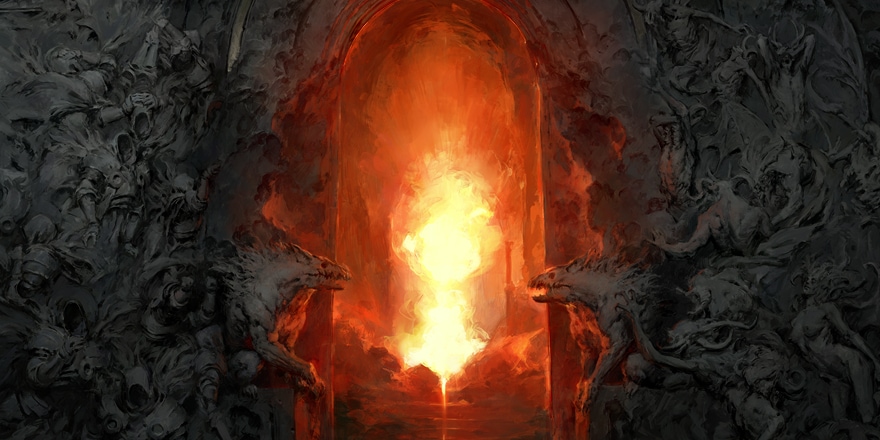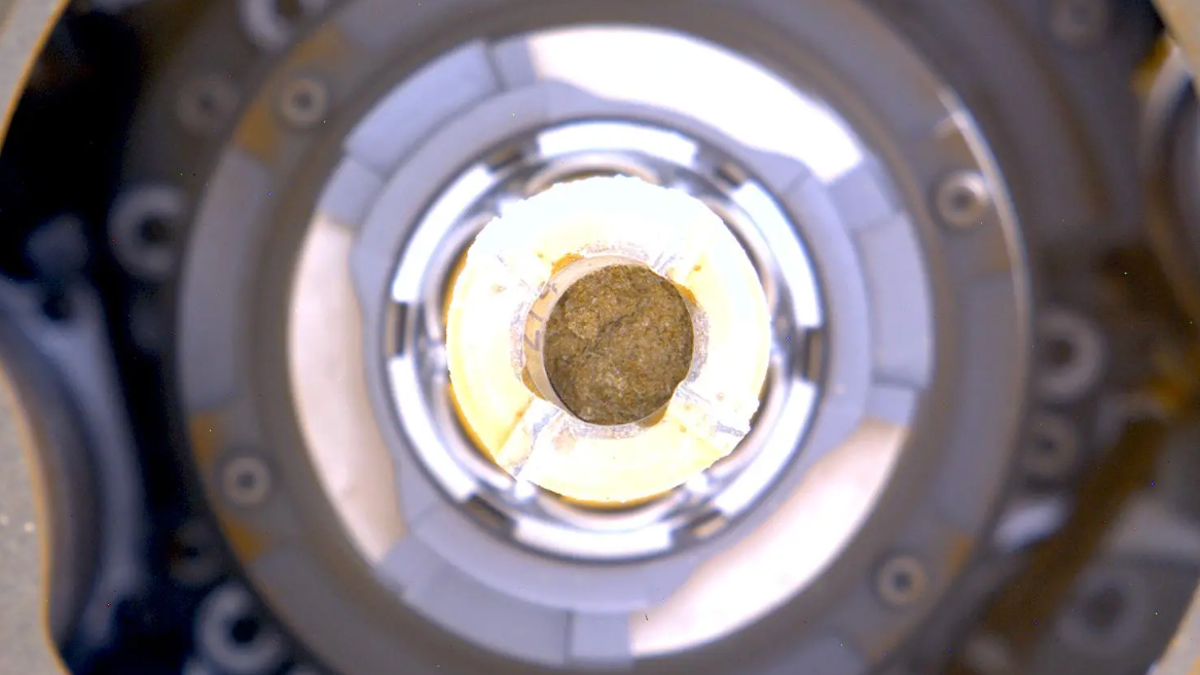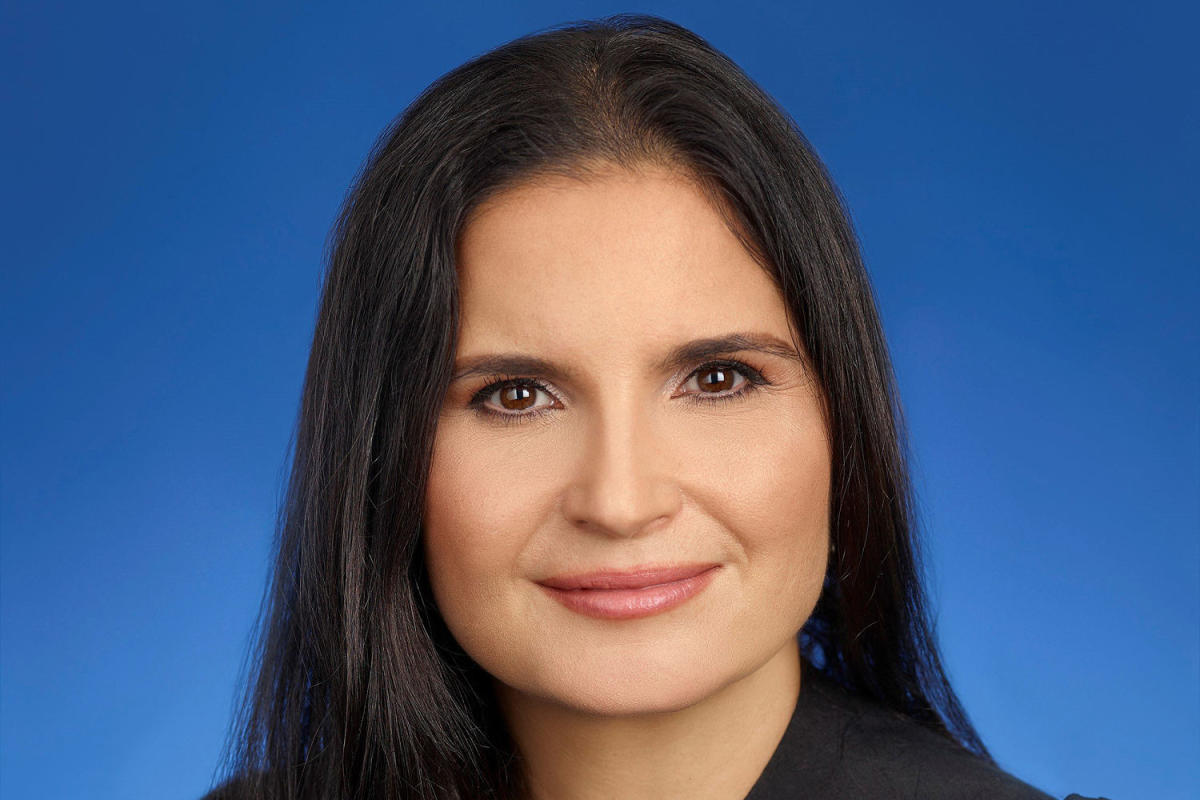Sign up for CNN’s Wonder Theory science newsletter. Explore the universe with news on fascinating discoveries, scientific advancements and more.
The latest attempt at an inaugural crewed launch of Boeing’s Starliner spacecraft is on track for Wednesday after a computer issue halted the countdown just moments before liftoff on Saturday.
The historic mission, called the Crew Flight Test, is set to launch at 10:52 a.m. ET from Cape Canaveral Space Force Station in Florida. The event will stream live on NASA’s website, with coverage beginning at 6:45 a.m. ET.
Veteran NASA astronauts Butch Wilmore and Suni Williams will be the first crew to ride aboard Starliner, propelled to orbit atop an Atlas V rocket built by United Launch Alliance, a joint venture between Boeing and Lockheed Martin.
The highly anticipated flight was 3 minutes and 50 seconds from liftoff Saturday afternoon, when an automatic hold triggered by the ground launch sequencer, or the computer that launches the rocket. Teams safely extracted the astronauts from the capsule, and Williams and Wilmore returned to crew quarters as fuel was drained from the rocket.
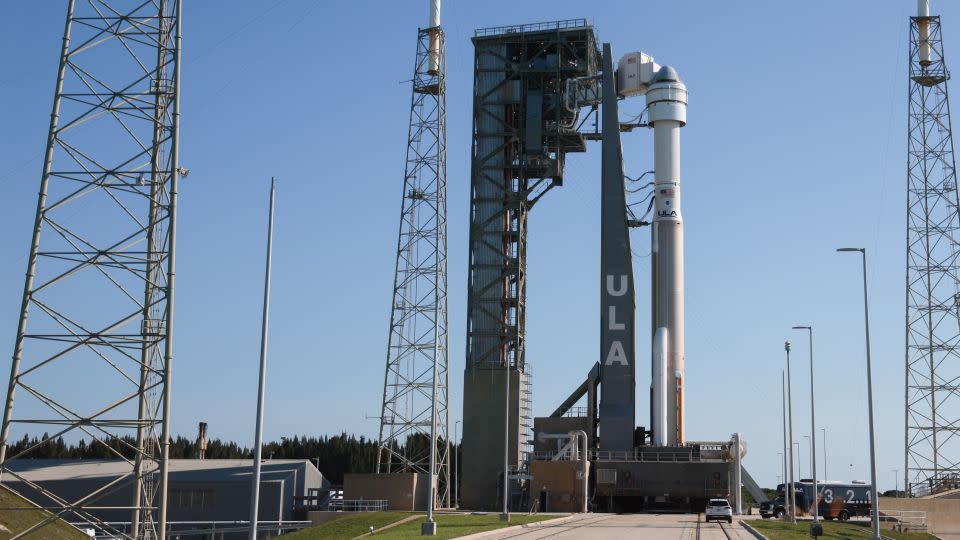
United Launch Alliance technicians and engineers assessed the ground support equipment over the weekend, examining three large computers housed inside a shelter at the base of the launchpad. Each computer is the same, providing triple redundancy to ensure the safe launch of crewed missions.
“Imagine a large rack that is a big computer where the functions of the computer as a controller are broken up separately into individual cards or printed wire circuit boards,” said Tory Bruno, president and CEO of United Launch Alliance, during a Saturday news conference. “They’re all stand-alone, but together, it’s an integrated controller.”
The cards within the computers are responsible for different key systems that must occur before a launch, such as releasing bolts at the rocket’s base so it can lift off after ignition.
During the final four minutes before launch, all three computers must communicate and agree with one another. But during Saturday’s countdown, a card on one of the computers was six seconds slower in responding than the other two computers, indicating that something was not correct and triggering an automatic hold, according to Bruno.
Over the weekend, engineers evaluated the computers, their power supply and network communications between the computers. The team isolated the issue to a single ground power supply within one of the computers, which provides power to the computer cards responsible for key countdown events — including the replenishment valves for the rocket’s upper stage, according to an update shared by NASA.
Starliner teams reported no signs of physical damage to the computer, which they removed and replaced with a spare. Meanwhile, mission specialists continue to analyze the faulty power unit to better understand what went wrong.
The other computers and their cards were also assessed, and all of them are performing normally as expected, according to the ULA team.
The Starliner mission management team reviewed the computer replacement troubleshooting steps that were taken, and they have agreed that Starliner is “go” for launch on Wednesday, according to an update from NASA.
“I really appreciate all the work by the NASA, Boeing, and ULA teams over the last week,” said Steve Stich, manager of NASA’s Commercial Crew Program, in a statement. “In particular, the ULA team worked really hard to quickly learn more about these issues, keep our NASA and Boeing teams informed, and protect for this next attempt. We will continue to take it one step at a time.”
The next attempt
Mission teams had successfully worked through a few other issues that cropped up earlier in the countdown to Saturday’s launch attempt. These problems included a loss of data from ground valves responsible for replenishing the liquid oxygen and hydrogen to the second, or upper stage, of the Atlas V rocket before liftoff.
Both liquid oxygen and hydrogen, used to fuel the rocket, boil off as the rocket sits on the pad ahead of launch, so replenishment is ongoing until liftoff. After evaluating the issue, mission teams switched to a redundant system for the valve data and were able to resume the process.
Weather conditions are 90% favorable for a Wednesday morning launch, with the only concern being cumulus clouds, according to the US Space Force’s 45th Weather Squadron. If the launch does not occur on Wednesday, there is another opportunity at 10:29 a.m. ET Thursday, according to NASA.
If Starliner successfully lifts off, the astronauts will spend just over 24 hours traveling to the International Space Station.
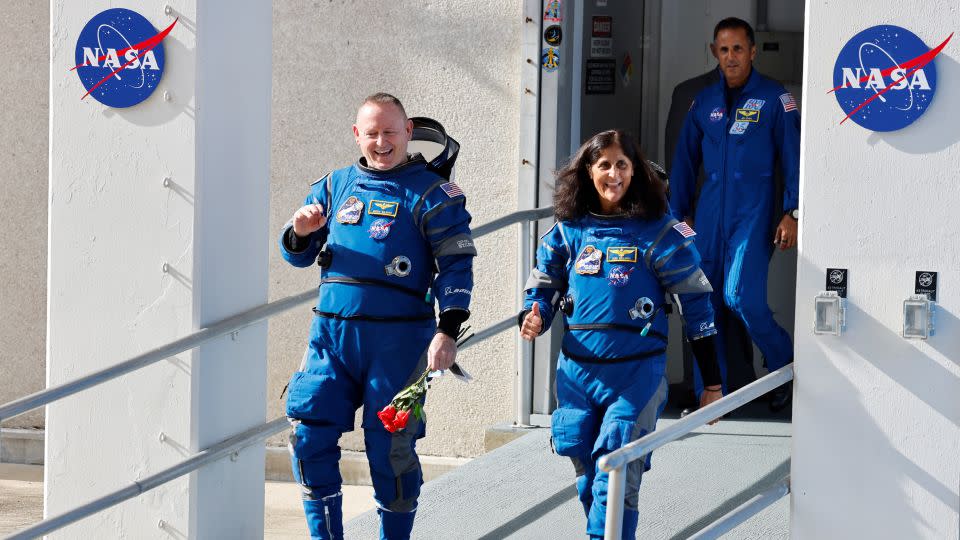

After docking, Williams and Wilmore are set to spend eight days living in the orbiting laboratory, joining the seven astronauts and cosmonauts already on board. The two will continue to test the Starliner spacecraft’s functionality while it’s docked at the space station and then return home aboard the same capsule. It’s expected to parachute to a landing at one of several designated locations across the southwestern United States.
In the meantime, the two astronauts remain in quarantine to protect their health ahead of launch, and they are practicing procedures and simulations ahead of the historic flight, according to NASA.
For more CNN news and newsletters create an account at CNN.com

Dr. Sarah Adams is a scientist and science communicator who makes complex topics accessible to all. Her articles explore breakthroughs in various scientific disciplines, from space exploration to cutting-edge research.




